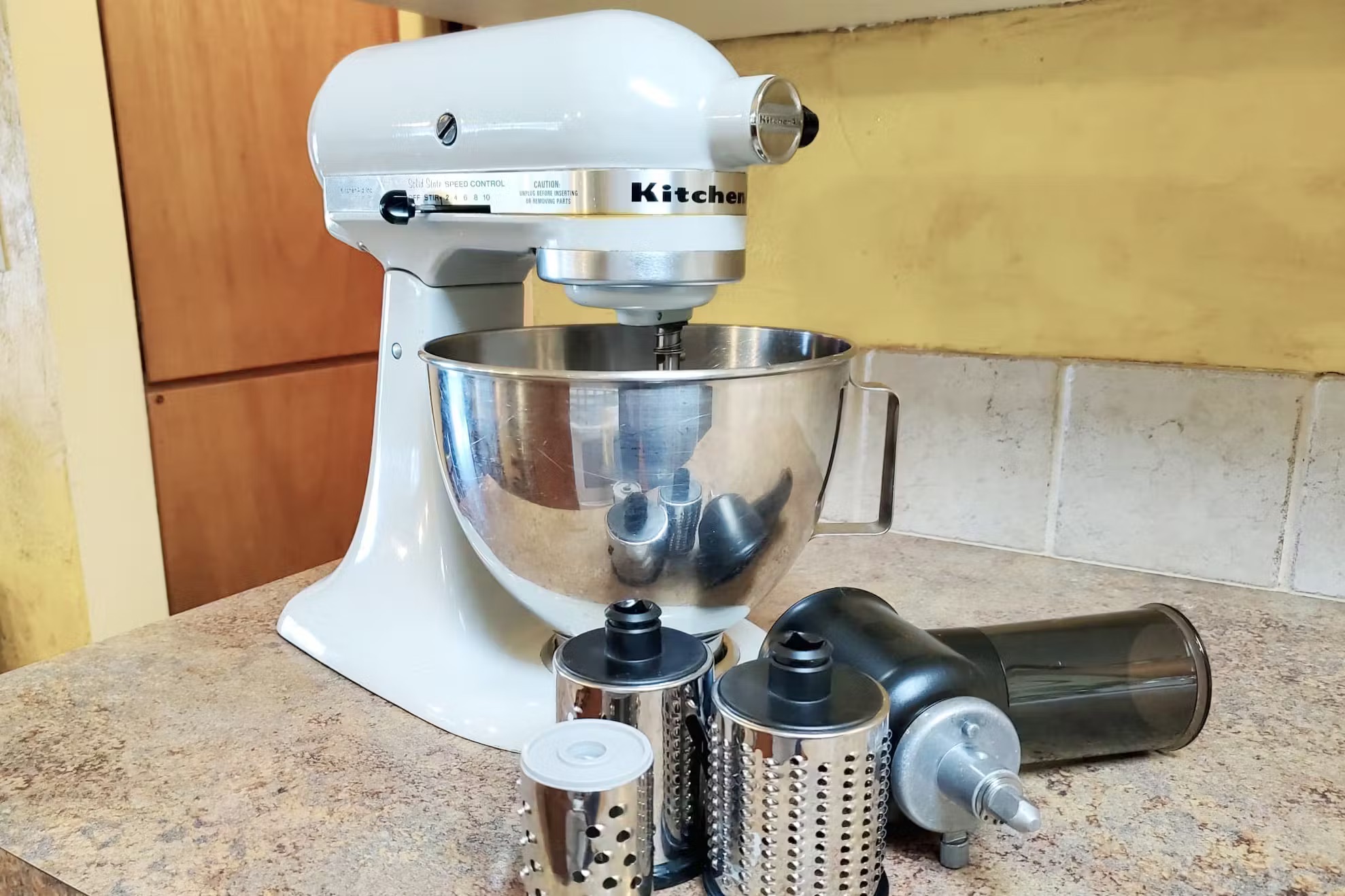

Articles
How Can I Tell How Old My Kitchenaid Mixer Is
Modified: January 6, 2024
Discover the age of your Kitchenaid mixer by following these simple steps. Read our informative articles to find out how to determine the age of your beloved kitchen appliance.
(Many of the links in this article redirect to a specific reviewed product. Your purchase of these products through affiliate links helps to generate commission for Storables.com, at no extra cost. Learn more)
Introduction
So you’ve just inherited a KitchenAid mixer from your grandmother or found a vintage one at a thrift store, and you’re wondering how old it is. Determining the age of your KitchenAid mixer can be a fun and exciting detective game, and it can also provide valuable information about its historical significance and potential value.
KitchenAid is a renowned brand known for producing high-quality and durable kitchen appliances, including their iconic stand mixers. Over the years, KitchenAid has introduced new models, designs, and features, making it important to understand how to decode the serial and model numbers to determine the age of your mixer.
In this article, we will explore various methods that can help you identify the age of your KitchenAid mixer. From deciphering the serial number and production date code to consulting KitchenAid customer service and researching online resources, we’ll guide you through the process step by step.
So, if you’re ready to dive into the world of KitchenAid mixer history and discover the story behind your vintage or hand-me-down appliance, let’s get started!
Key Takeaways:
- Uncover the historical significance and potential value of your KitchenAid mixer by decoding the serial number, consulting customer service, and researching online resources to determine its age and unique features.
- Dive into the world of vintage appliances and showcase your KitchenAid mixer as a unique piece of history by examining its design, decoding the model number, and consulting customer service for accurate information.
Identifying the Serial Number
The serial number is a key piece of information when it comes to determining the age of your KitchenAid mixer. It is a unique code assigned to each mixer, and it can provide valuable insights into its manufacturing date and other important details. Here’s how you can locate the serial number:
1. Look at the base or bottom of the mixer: Most KitchenAid mixers have a sticker or metal plate on the base or bottom that displays the serial number. Flip your mixer over and inspect this area to find the serial number. It may be engraved or printed on the sticker or plate.
2. Check the back of the mixer head: In some models, particularly the older ones, the serial number may be located on the back of the mixer head. Tilt the head back and examine this area to find the serial number.
3. Examine the original box or packaging: If you still have the original box or packaging that came with your KitchenAid mixer, check for any labels or stickers that display the serial number. Manufacturers often include this information on the packaging for easy access.
Once you have located the serial number, it’s time to delve deeper into decoding it to unveil the production date and other relevant details.
But before we move on, it’s worth noting that the format and location of the serial number can vary based on the model and production year. If you’re having trouble finding it or if it seems to be missing, don’t worry. There are other methods to determine the age of your mixer, which we’ll explore in the upcoming sections.
Production Date Code
Once you have located the serial number of your KitchenAid mixer, the next step is to decode the production date. This can be done by understanding the production date code, which is a combination of letters and numbers that represents the manufacturing date.
Here’s how to decode the production date code:
- Identify the two letters at the beginning of the serial number. These letters correspond to the year and month of production.
- Refer to the KitchenAid production date code chart to decipher the year and month. The chart will provide you with the corresponding letter codes for each year and month. For example, A may represent the year 1980, B may represent 1981, and so on.
- Combine the year and month codes from the chart with the remaining numbers in the serial number. This will give you the approximate production date of your KitchenAid mixer.
It’s important to note that the production date code may slightly vary depending on the model and production year. Therefore, it’s recommended to consult KitchenAid’s official resources or contact their customer service for accurate decoding.
Knowing the production date of your KitchenAid mixer can shed light on its historical significance and potential value. For example, if your mixer was produced during a particular era known for its unique designs or features, it may hold a higher value among collectors and enthusiasts.
Now that you have decoded the production date, let’s move on to understanding how to decode the model number, which can provide additional information about your KitchenAid mixer’s specifications and features.
Decoding the Model Number
Decoding the model number of your KitchenAid mixer is another important step in determining its age and understanding its specifications. The model number carries essential information about the specific model, series, and features of the mixer.
To decode the model number, follow these steps:
- Locate the model number on your KitchenAid mixer. It can usually be found on a sticker or plate on the base or bottom of the appliance.
- Identify the prefix letters or numbers at the beginning of the model number. These often indicate the series or type of mixer.
- Look for the numbers following the prefix. These digits usually represent the size or capacity of the mixer, such as 4.5-quart, 5-quart, 6-quart, etc.
- Pay attention to any additional letters or numbers at the end of the model number. These may indicate specific features or variations of the mixer.
Knowing the model number of your KitchenAid mixer can provide valuable information about its capabilities and features. It helps to differentiate between different models and understand any specialized functions that may be available.
In addition to determining the age of your mixer, the model number can also be helpful when searching for replacement parts or accessories specific to your model. It allows you to ensure compatibility and find the right components to keep your mixer in perfect working condition.
If you’re having trouble decoding the model number or if it seems to be missing certain details, don’t hesitate to reach out to KitchenAid’s customer service for assistance. They can provide accurate information about your specific mixer model and guide you through any questions or concerns you may have.
Now that we have covered the basics of identifying the serial number, decoding the production date code, and understanding the model number, let’s explore other methods that can help you determine the age of your KitchenAid mixer.
Consulting KitchenAid Customer Service
If you’re unable to find the serial number or have difficulty decoding it, one of the best resources for determining the age of your KitchenAid mixer is to contact their customer service. KitchenAid has a dedicated support team that can assist you in identifying the manufacturing date and provide any additional information you may need.
Here’s how you can consult KitchenAid customer service:
- Visit the KitchenAid website: Start by visiting the official KitchenAid website. Look for the “Support” or “Contact Us” section, where you can find the contact information for customer service.
- Call or email customer service: Use the provided phone number or email address to get in touch with KitchenAid’s customer service team. Be prepared to provide them with the model number and any other relevant information about your mixer.
- Ask for assistance: Explain your situation and let the customer service representative know that you’re trying to determine the age of your mixer. They will guide you through the process and may ask for the serial number or other identifying details to help with their investigation.
KitchenAid’s customer service team has access to extensive resources and databases that can help identify the manufacturing date of your mixer. They can also provide information about any recalls, warranty status, or other pertinent details regarding your specific model.
Don’t hesitate to reach out to customer service if you have any questions or concerns. They are usually knowledgeable and eager to assist you in any way they can.
If you still have the manual or other documentation that came with your KitchenAid mixer, it can provide valuable information about the age and specific features. Let’s explore this method in the next section.
You can determine the age of your KitchenAid mixer by locating the model and serial number on the bottom or back of the machine. Then, use the serial number to look up the manufacturing date on the KitchenAid website or contact their customer service for assistance.
Read more: What Can I Do With A Kitchenaid Mixer
Checking the Manual or Documentation
If you have the manual or any other documentation that came with your KitchenAid mixer, it can be a valuable resource for determining its age. Manuals often include information about the manufacturing date, model numbers, and other relevant details specific to your mixer.
Here’s how you can check the manual or documentation:
- Retrieve the manual: If you kept the manual that came with your KitchenAid mixer, locate it among your kitchen appliance documents. It is often provided in printed form or available as a PDF from the manufacturer’s website.
- Inspect the front or back cover: Check the front or back cover of the manual for any information about the manufacturing date, model number, or series of your mixer. Manufacturers sometimes include this information on the cover for easy reference.
- Look through the contents: Browse through the manual’s contents, paying particular attention to sections that discuss the mixer’s specifications, features, or troubleshooting. These sections may provide additional information about the manufacturing date or model specifics.
- Check warranty or registration cards: If you have any warranty or registration cards that came with your KitchenAid mixer, there may be information about the manufacturing date or options to register your appliance for warranty purposes. These cards often include spaces for you to fill in the purchase date, which can be helpful for determining the age of your mixer.
If you’ve misplaced the manual or documentation, you can usually find electronic copies on the manufacturer’s website. Look for the “Support” or “Downloads” section, where you can search for your specific model and access the manual in PDF format.
Checking the manual or documentation can provide valuable information about your KitchenAid mixer, including its age, model number, and any unique features it may have. It’s worth taking the time to gather and review this information for a more comprehensive understanding of your appliance.
If you’re unable to find the manual or if it doesn’t provide the information you’re looking for, don’t worry. There are still other methods available to help you determine the age of your KitchenAid mixer, such as researching online resources. Let’s explore that option next.
Researching Online Resources
One of the easiest and most convenient ways to determine the age of your KitchenAid mixer is by researching online resources. The internet is filled with websites, forums, and communities focused on vintage appliances and KitchenAid mixers in particular.
Here’s how you can use online resources to gather information about the age of your mixer:
- Search for KitchenAid enthusiast forums: Look for online forums or communities dedicated to KitchenAid mixers. These platforms often have knowledgeable members who can help decode the serial number, identify the production date, and even provide insights into the historical significance of your mixer.
- Visit appliance history websites: Several websites provide databases and information about the manufacturing dates and specifications of various appliances, including KitchenAid mixers. Conduct a search for these websites and find the section or page related to KitchenAid mixers to gather the relevant details.
- Utilize social media groups and platforms: Join social media groups or pages dedicated to vintage appliances or KitchenAid mixers. Here, you can post pictures and information about your mixer and ask other members for help in determining its age. Many knowledgeable enthusiasts and collectors are active on these platforms.
- Consult online vintage appliance databases: Explore online databases specifically designed for vintage appliances, where you may find information about your KitchenAid mixer model and its production era. These databases often include photos, details, and production dates for various KitchenAid models.
When researching online resources, it’s important to cross-reference the information you find to ensure its accuracy. Compare multiple sources and note any discrepancies or inconsistencies to get the most reliable and comprehensive information about your mixer’s age.
Keep in mind that online resources are not always 100% accurate, and the information you find may vary. It’s always a good idea to consult multiple sources and gather as much information as possible to make an informed judgment about your KitchenAid mixer’s age.
Now that we’ve explored various methods for determining the age of your KitchenAid mixer, let’s move on to another aspect that can provide clues about its age: examining the design and features.
Examining the Design and Features
When it comes to determining the age of your KitchenAid mixer, examining its design and features can provide valuable insights. KitchenAid has introduced different models over the years, each with its own unique design elements and features.
Here’s how you can analyze the design and features of your KitchenAid mixer to estimate its age:
- Compare with known historical models: Research the design and features of older KitchenAid mixer models that are well-documented and widely recognized. Compare the design elements, color options, and overall aesthetics of your mixer with those of known models from the past. This can help you approximate the era when your mixer was likely produced.
- Consider design trends: Familiarize yourself with the design trends prevalent during different time periods. KitchenAid has often incorporated design influences from the era in which they were produced. Look for specific design cues, such as rounded or angular shapes, retro-themed color palettes, or sleek modern designs, to gain further insight into the time period of your mixer.
- Analyze features and attachments: KitchenAid mixers have evolved over the years with the introduction of new features and attachments. Determine if your mixer has any unique features or attachments that were introduced during a specific time period. For example, certain models may have tilt-head mechanisms or specific bowl sizes that were only available during a certain era.
- Research model-specific changes: Some KitchenAid mixer models have undergone changes in their design or features throughout their production history. Look for information on model-specific modifications or updates. By identifying these changes, you can narrow down the possible manufacturing date range for your mixer.
Examining the design and features of your KitchenAid mixer can provide valuable clues about its age and help you understand the historical context in which it was produced. It’s another piece of the puzzle you can use to estimate its manufacturing date.
Remember that design elements and features alone may not provide an exact date, but they can give you a general idea of when your mixer was likely manufactured. Combining this information with the techniques we’ve discussed earlier will lead you closer to determining the age of your KitchenAid mixer.
Now that we’ve covered various methods for identifying the age of your KitchenAid mixer, let’s summarize the main points before concluding.
Conclusion
Determining the age of your KitchenAid mixer can be an exciting endeavor, and it allows you to uncover its historical significance and potential value. By combining various methods and resources, you can piece together the puzzle to estimate the manufacturing date and gain a deeper understanding of your appliance.
In this article, we explored several methods for determining the age of your KitchenAid mixer:
- Identifying the serial number and decoding the production date code
- Decoding the model number to understand the specifications
- Consulting KitchenAid customer service for accurate information
- Checking the manual or documentation for manufacturing date details
- Researching online resources such as forums and databases
- Examining the design elements and features of your mixer
Each of these methods provides valuable information that can help you uncover the age of your KitchenAid mixer. By combining these different approaches and cross-referencing information, you can establish a more accurate estimate of its manufacturing date.
Remember that KitchenAid mixers have been produced for many years, and there may be variations and exceptions within each method. It’s important to be patient, thorough, and open to multiple sources of information during your investigation.
Understanding the age of your KitchenAid mixer not only satisfies your curiosity but can also be helpful for finding compatible parts, determining its historical value, or even showcasing it as a unique vintage piece in your kitchen.
So, whether you’re a collector, a vintage appliance enthusiast, or simply curious about the heritage of your KitchenAid mixer, put your detective skills to work using the methods outlined in this article and embark on a journey to unravel the story behind your beloved appliance.
Frequently Asked Questions about How Can I Tell How Old My Kitchenaid Mixer Is
Was this page helpful?
At Storables.com, we guarantee accurate and reliable information. Our content, validated by Expert Board Contributors, is crafted following stringent Editorial Policies. We're committed to providing you with well-researched, expert-backed insights for all your informational needs.
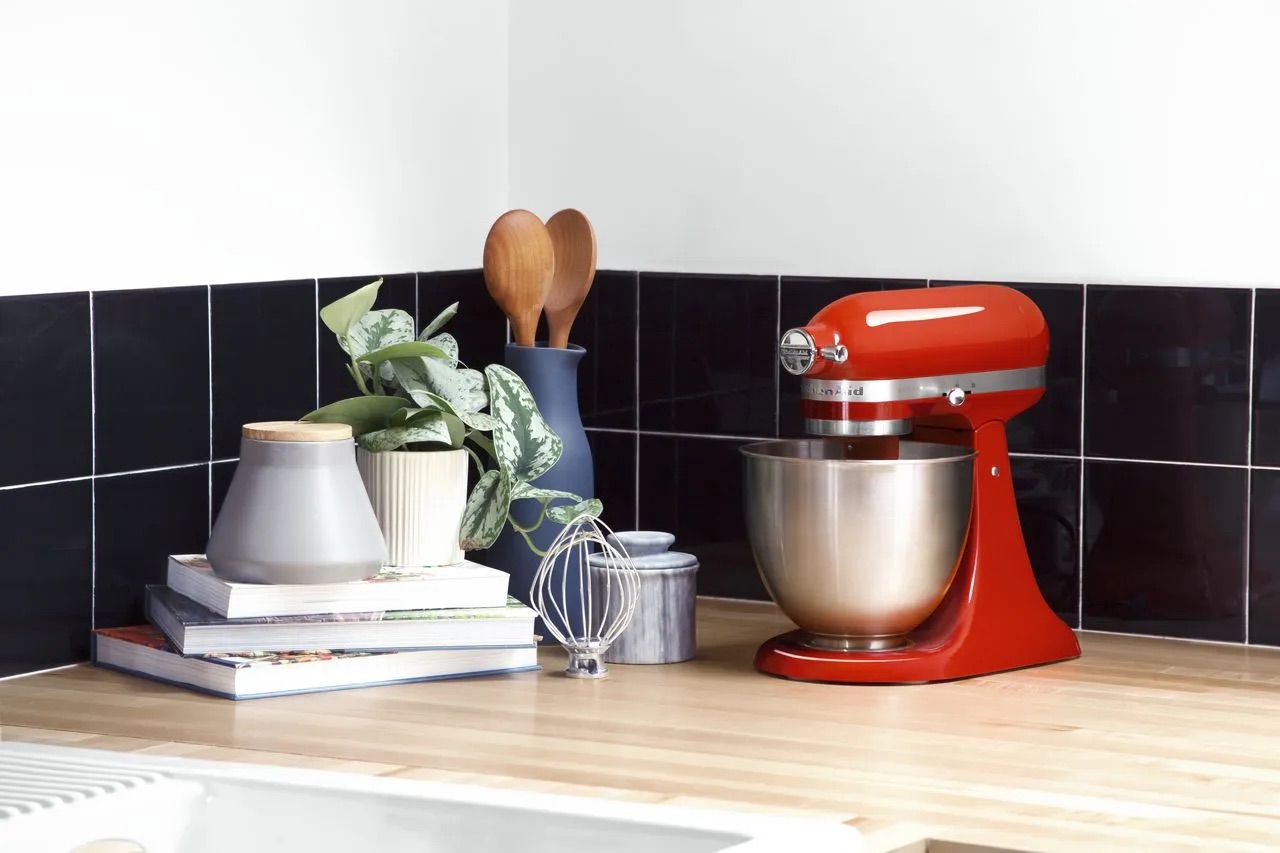
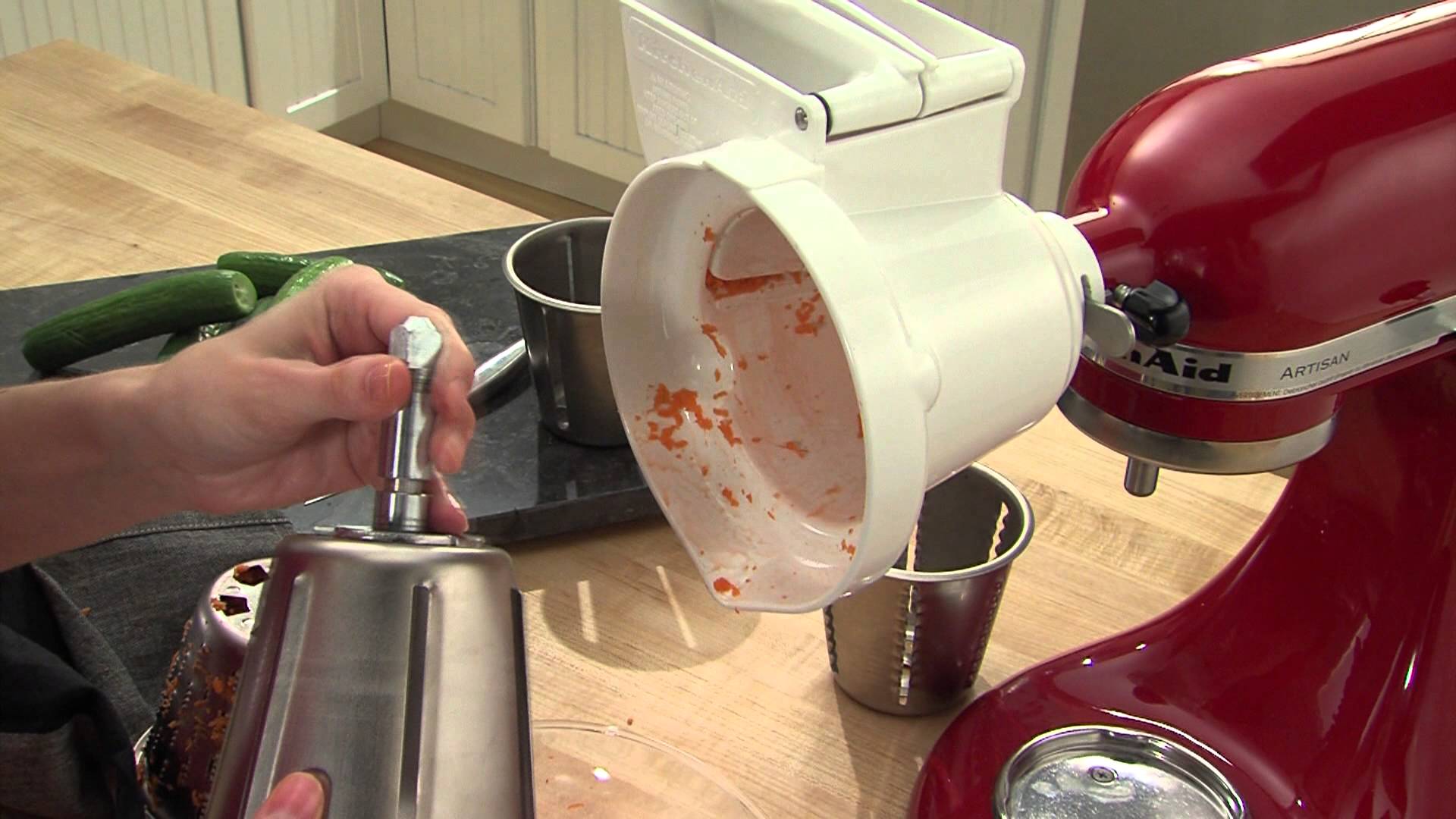
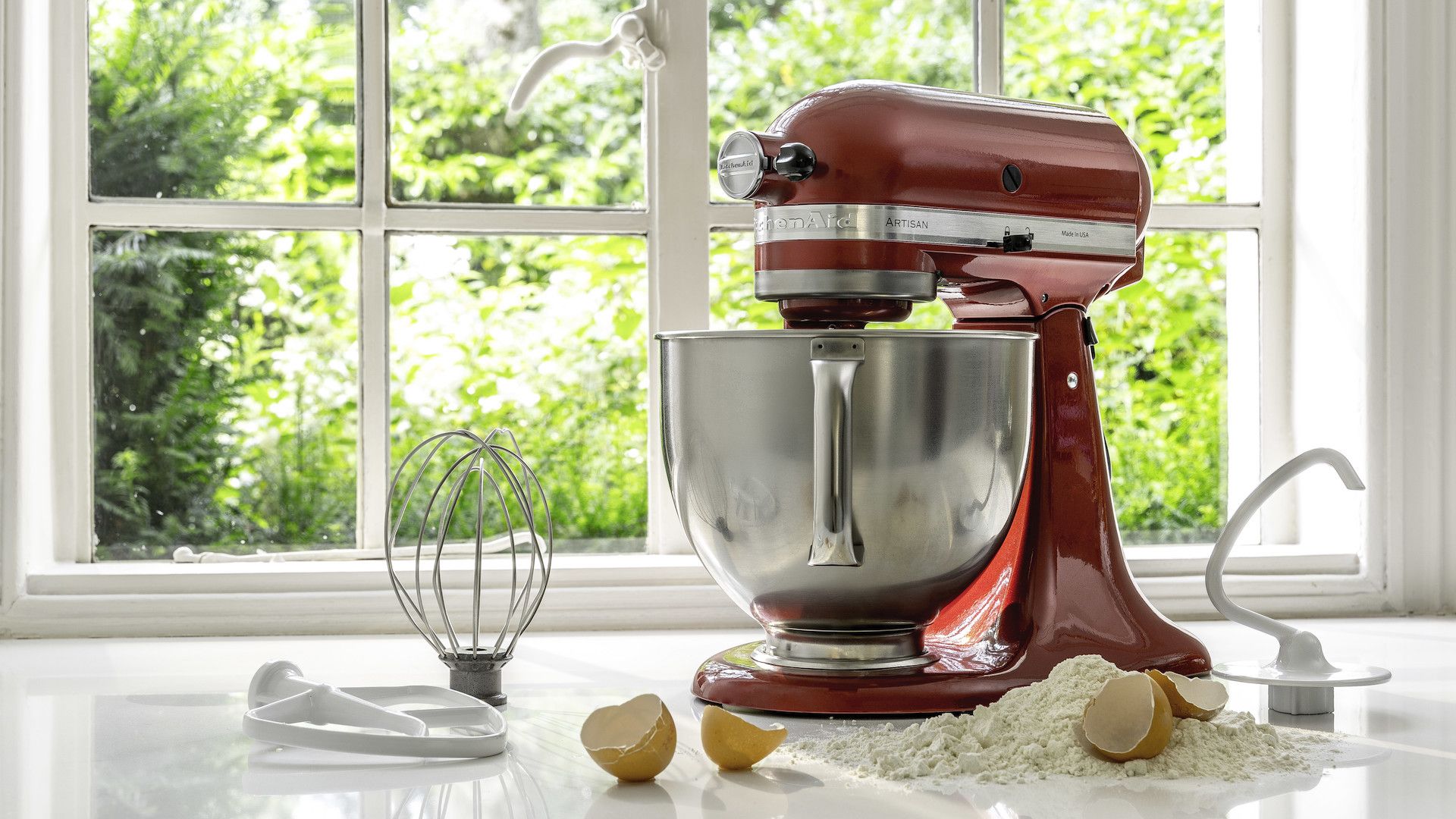
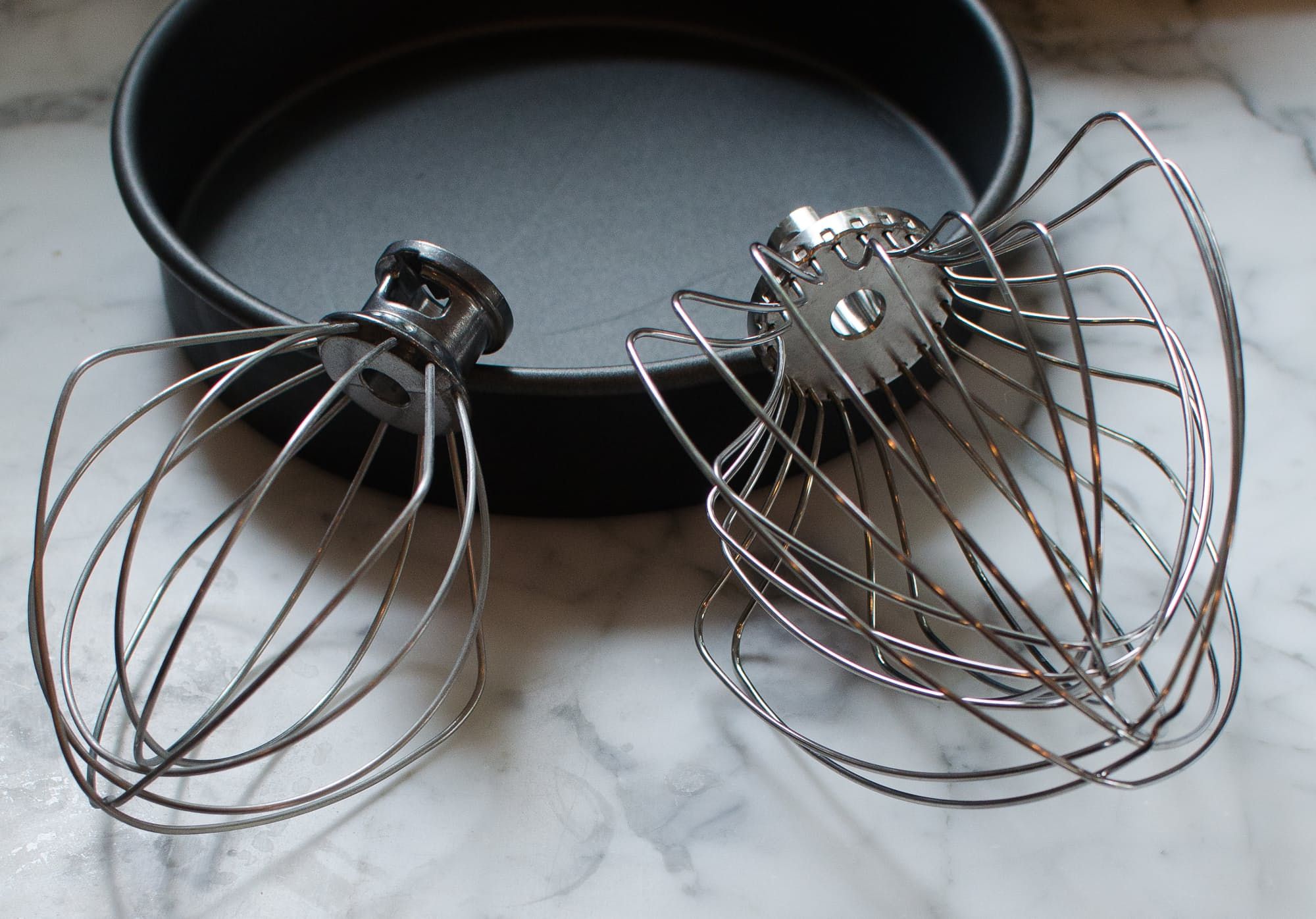
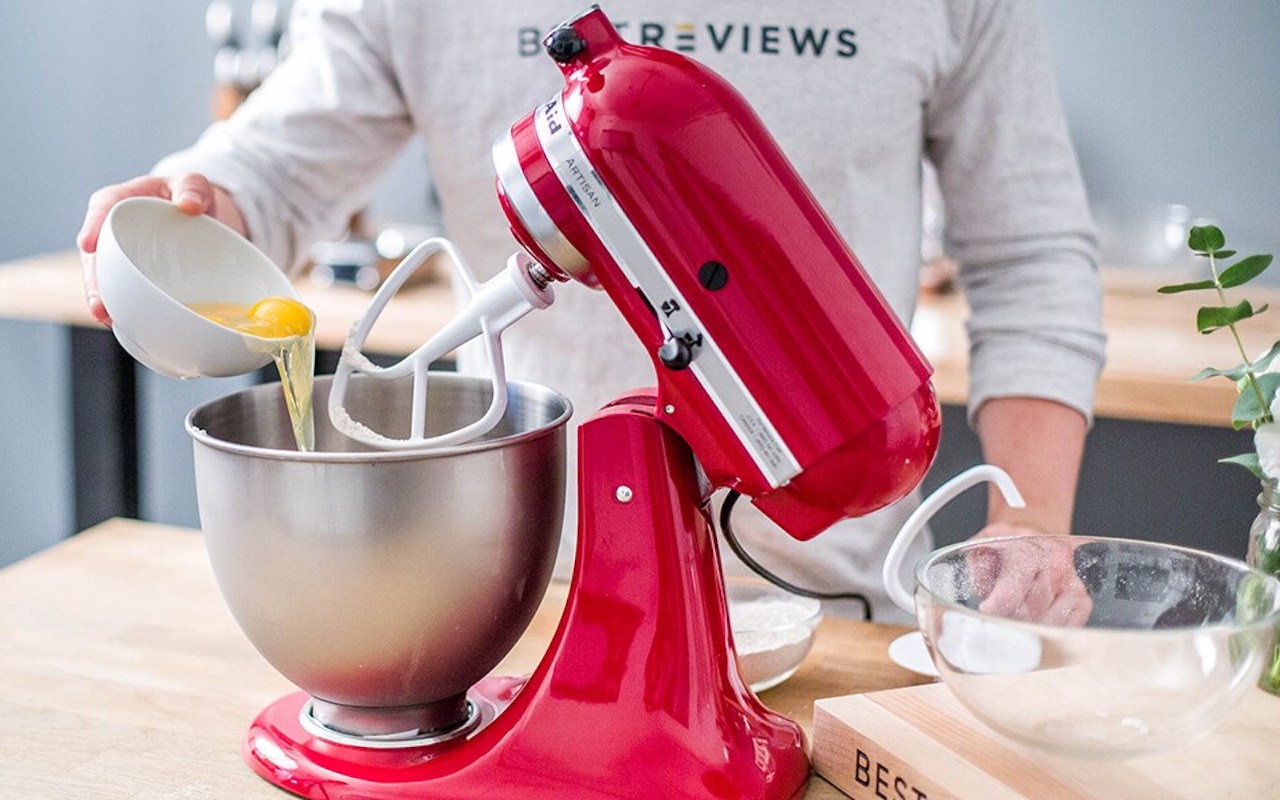
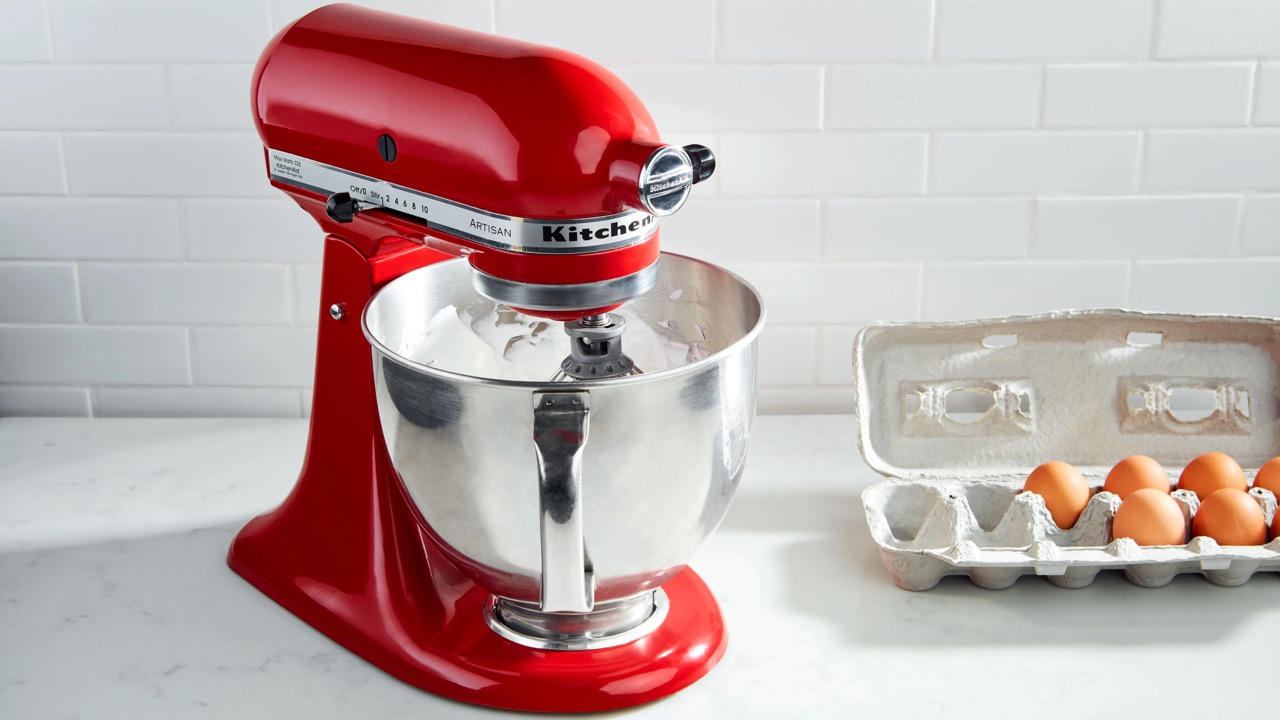
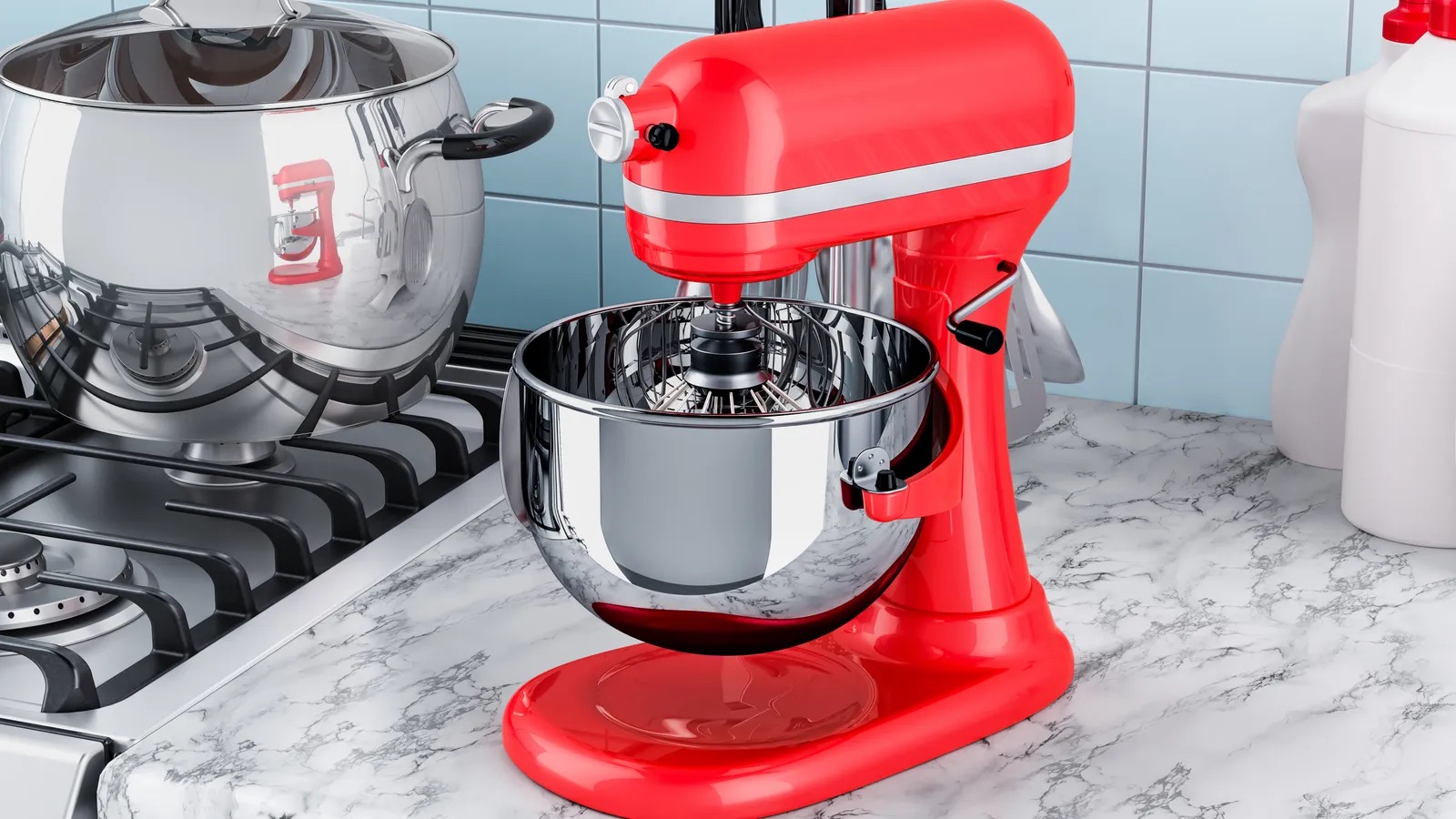
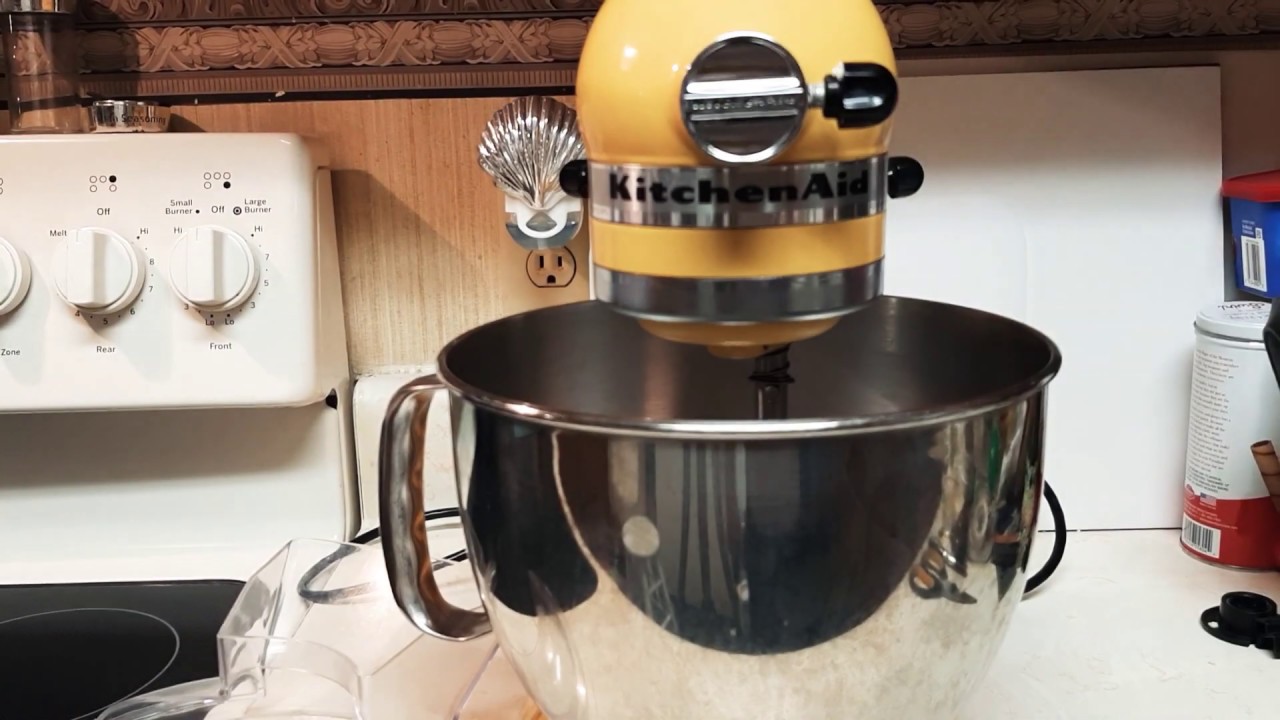
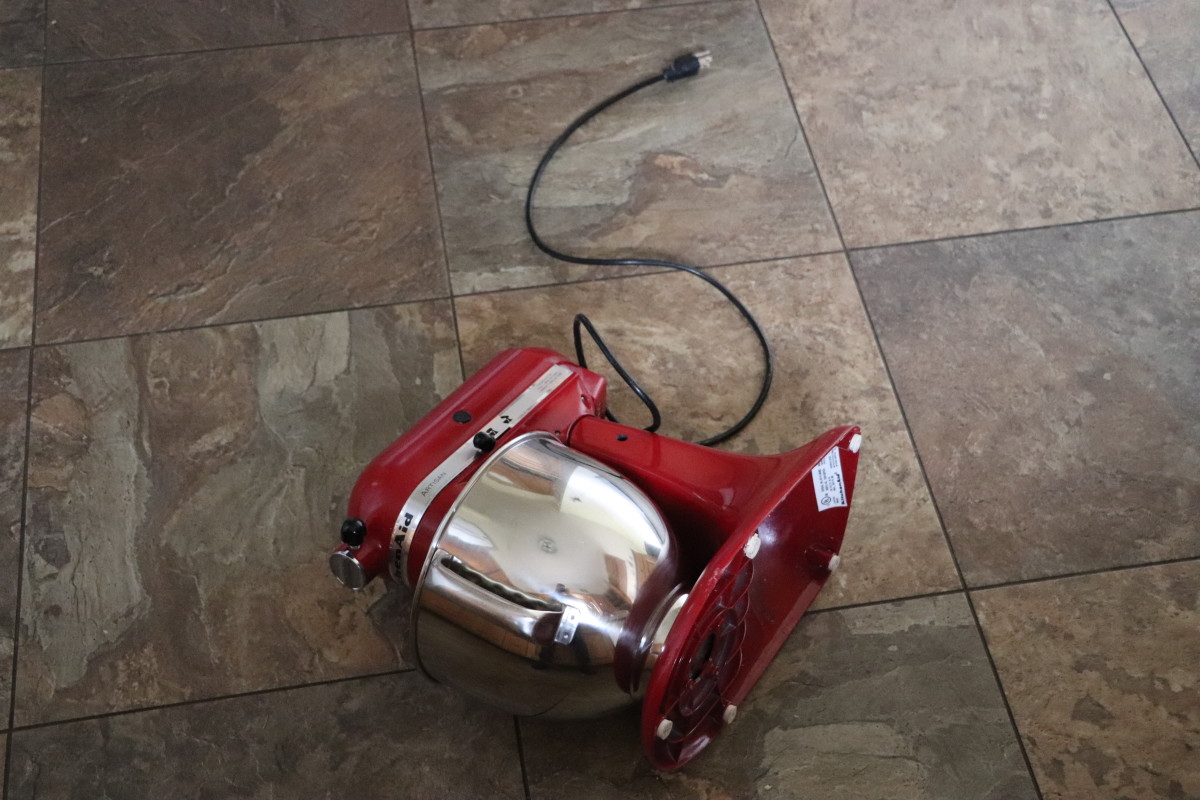

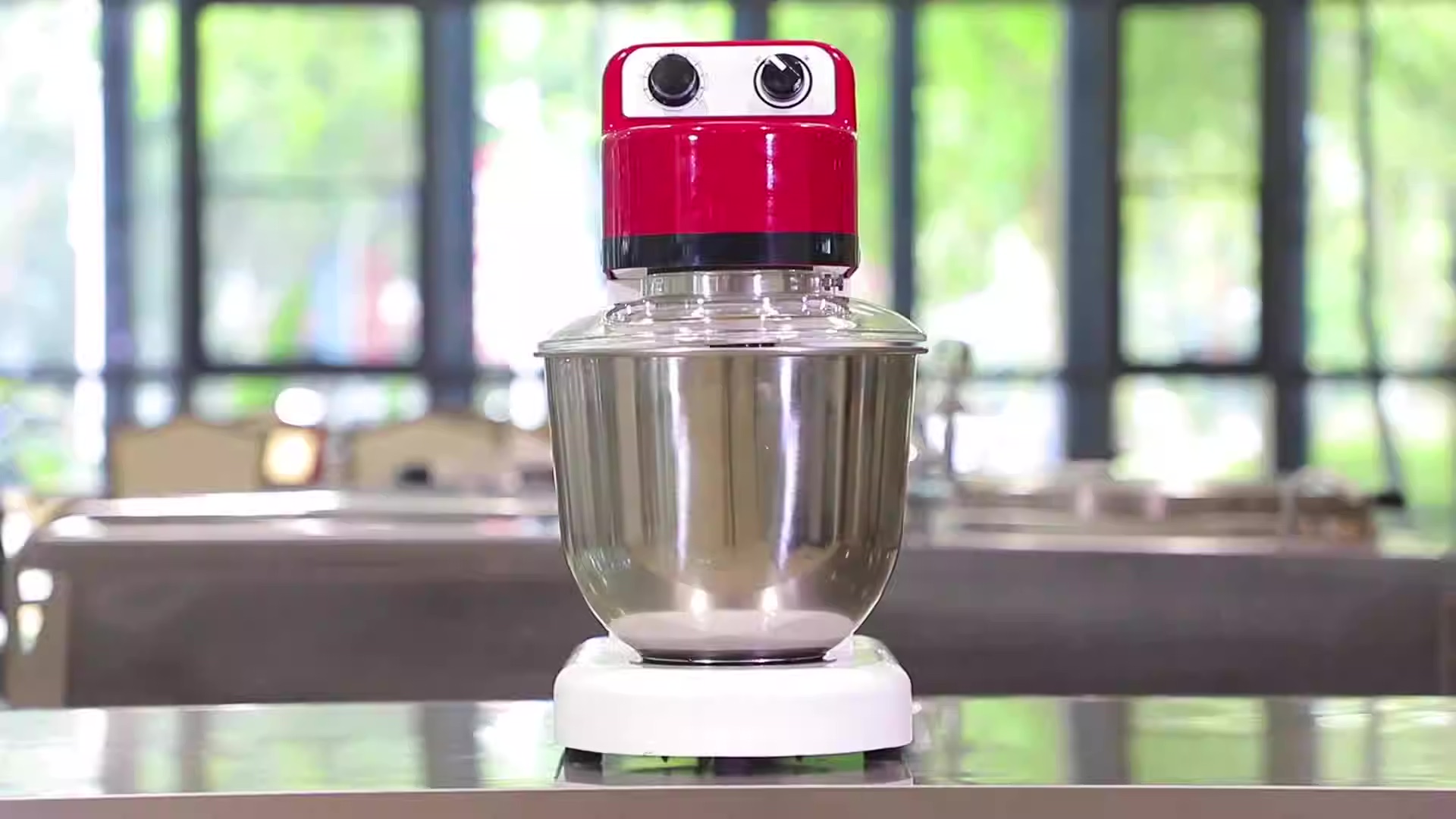
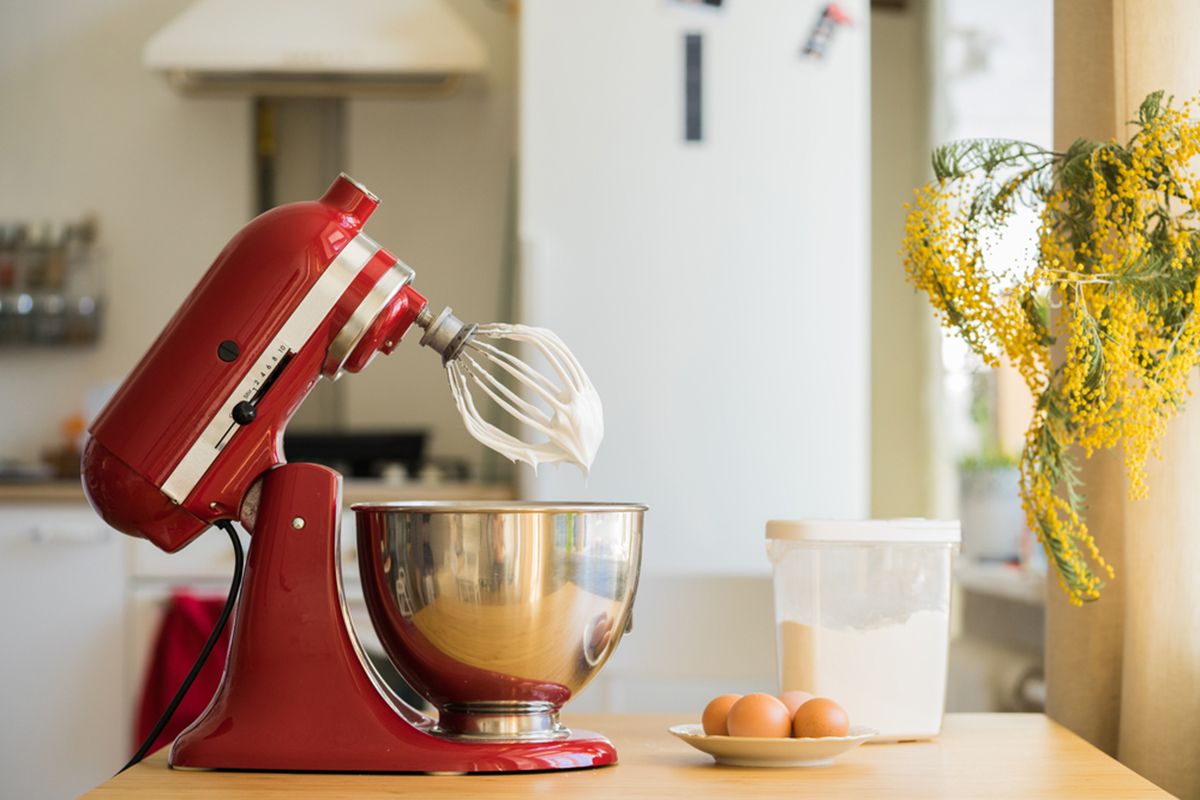
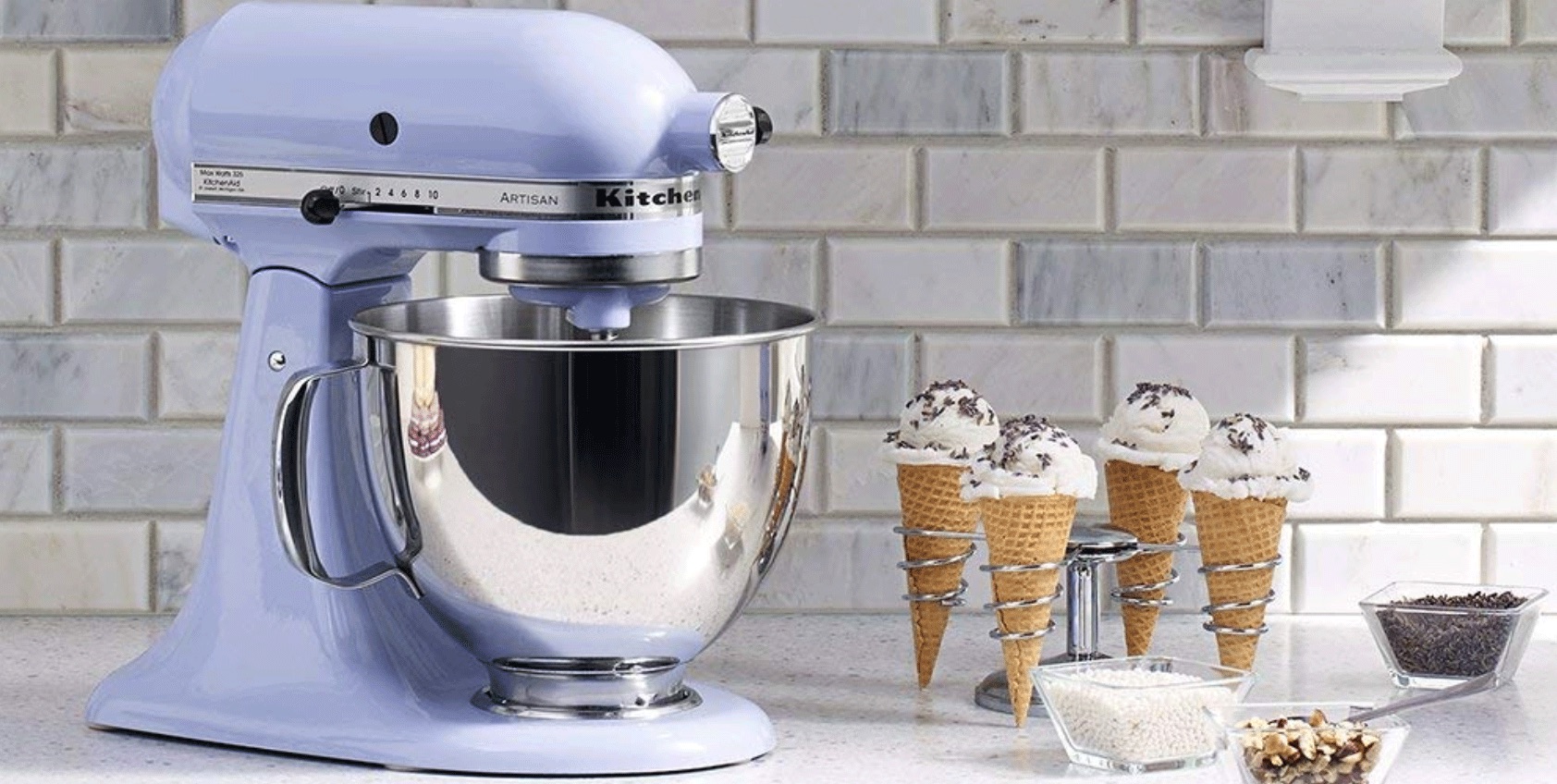
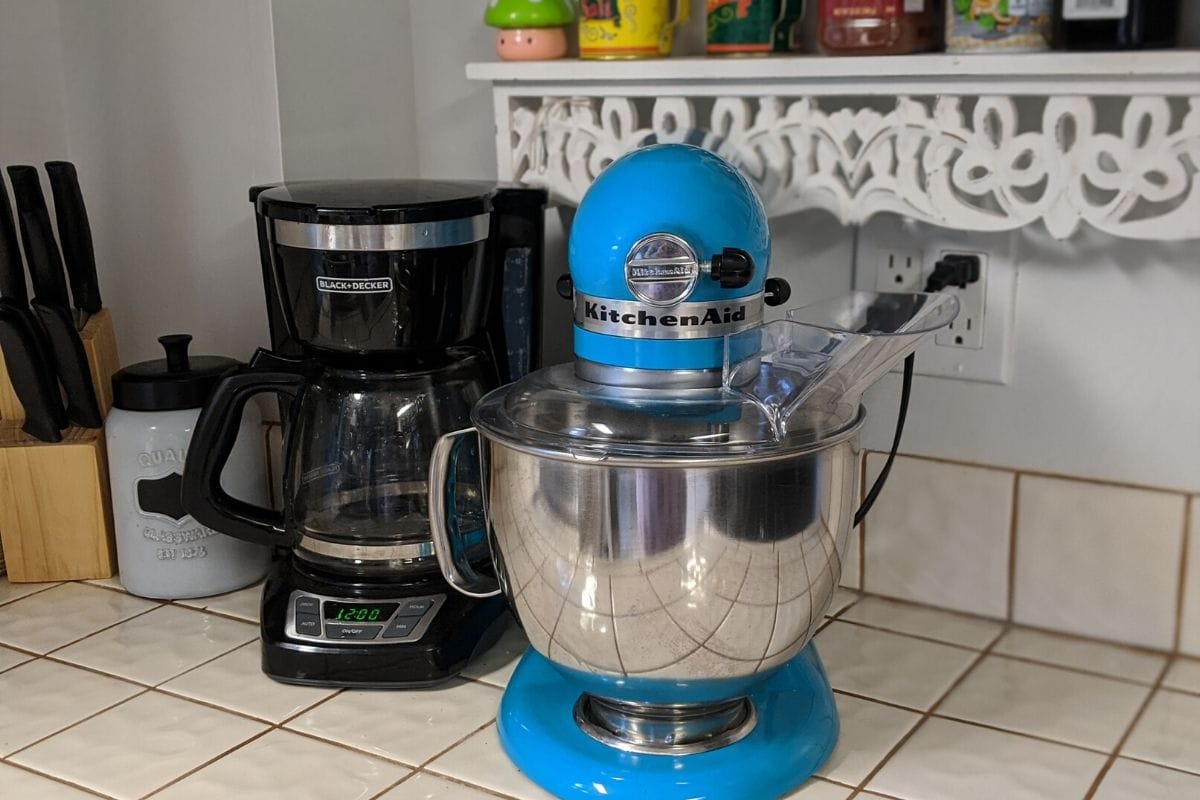

0 thoughts on “How Can I Tell How Old My Kitchenaid Mixer Is”